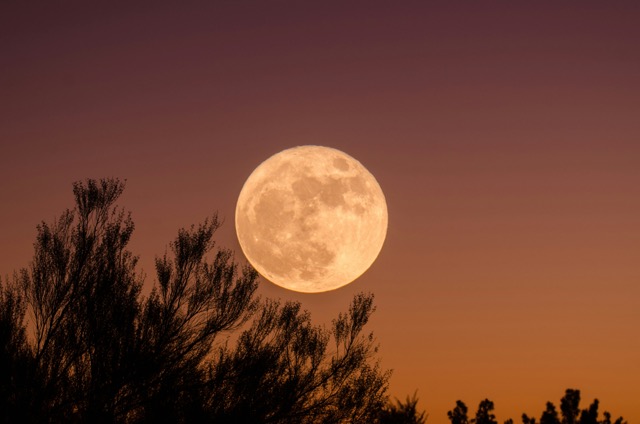Super Moon
RIVERSIDE (CNS) – Astronomers say the brightest moon of the year will be visible throughout the Inland Empire and elsewhere Wednesday night, reaching its apex Thursday — for all those willing to stir before dawn for a look.
The super moon will be appearing on the horizon just before 6 p.m. Wednesday, climbing to its apogee and most brilliant phase at 4:26 a.m. Pacific time Thursday.
“This will be the third of four consecutive super moons, and the brightest by a tiny margin (for 2024),” NASA’s Gordon Johnston said. “As the full moon after the `Harvest Moon’ (in September), this will be the `Hunter’s Moon.”‘
Weather permitting, star gazers throughout the region are expected to be eyeing the skies, including members of the Riverside Astronomical Society, which can be found at https://rivastro.org/.
According to the Old Farmer’s Almanac, this week’s super moon will rotate as close as 222,055 miles from Earth — the closest position of the year, accounting for its luminousness.
“While a super moon is technically bigger and brighter than a regular full moon, it only appears about 7% larger, which can be an imperceptible difference to the human eye, depending on other conditions,” according to the Almanac. “As the moon drifts over the horizon around sunset, it may appear larger and more orange — perfect for the fall season.”
While the Harvest Moon gets its name from appearing in time for the autumn harvest, aiding farmers who need light after dark to move product out of the fields, the Hunter’s Moon derives its name from different traditions and lore, according to Johnston and the Almanac.
By some accounts, it gained its name from game hunters in the 1700s who relied on the autumn super moons to spy deer, elk, buffalo and other wild animals grazing by moonlight to add weight ahead of the winter season. Johnson said Native American tribes dubbed the autumn super moons “travel moons” for signaling when it was time to leave the mountains for lower elevations ahead of winter weather.
Details on when and where to look for the moons can be found at https://www.almanac.com/astronomy/moon-rise-and-set, as well as https://science.nasa.gov/skywatching/.

For More Environment News Visit www.zapinin.com/environment

